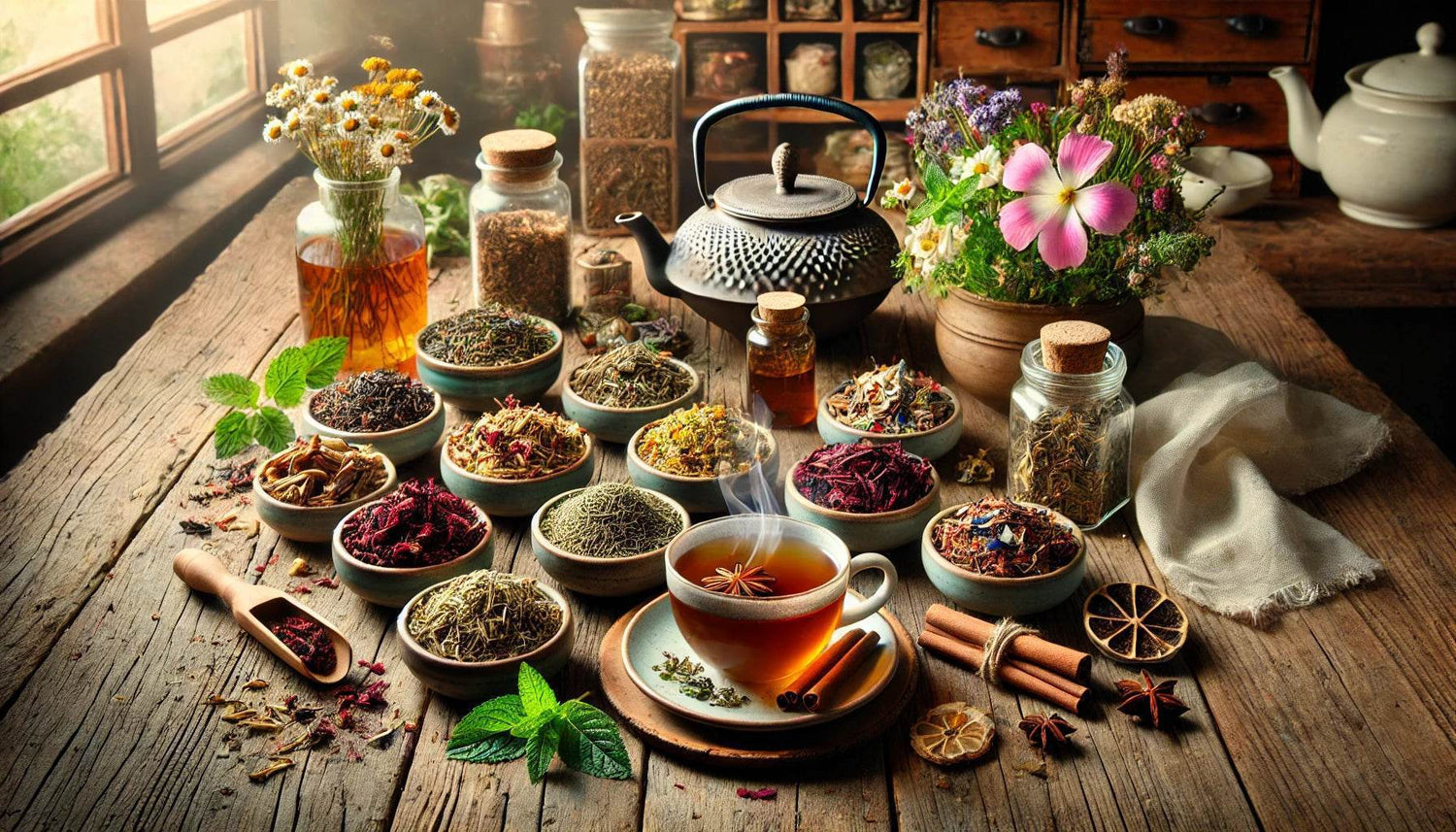
Monograph: Purple Deadnettle
Triple H HomesteadShare
Botanical Name:

Lamium purpureum
Common Names:
Purple Deadnettle, Red Deadnettle, Purple Archangel
Family:
Lamiaceae (Mint Family)
Plant Description:
Low-growing annual with square stems and fuzzy, heart-shaped leaves that turn purplish near the top. Whorls of small pinkish-purple, tubular flowers bloom from early spring. Leaves are soft, not stinging, despite resemblance to nettles.
Habitat & Cultivation:
Native to Europe and Asia; naturalized widely across North America. Prefers moist, disturbed soils—gardens, roadsides, field edges. Often one of the earliest greens to emerge in spring. Grows readily in cool conditions and reseeds easily.
Parts Used:
Aerial parts (fresh or dried)
Harvesting:
- Gather in early to mid-spring when plant is young and tender
- Best harvested before full flowering
- Dry in small bundles away from direct sunlight or use fresh
Traditional Uses:
- Folk remedy for wounds and skin irritation
- Used as a spring tonic to cleanse and nourish
- Employed for reducing inflammation and supporting the immune system
- Considered helpful for allergies and seasonal transitions
Modern Applications:
- Mildly astringent and anti-inflammatory—used for cuts, bites, and skin eruptions
- Supports lymphatic flow and immune modulation
- Nutritive herb, high in vitamins and minerals
- Can be eaten raw, infused in teas, or added to salves and oils
- Sometimes included in spring detox or allergy blends
Preparations:
- Infusion: Dried or fresh herb steeped for internal use
- Poultice: Fresh, crushed leaves for minor wounds or inflammation
- Salve or Oil: Infused into carrier oils for topical application
- Tincture: Fresh plant tinctured at 1:2 ratio
- Food: Eaten raw or cooked as a wild edible
Dosage:
- Infusion: 1 cup up to 2–3x daily
- Tincture: 2–4 mL up to 3x daily
- Topical: Apply salve or poultice as needed
- Culinary: Use modestly in salads, soups, or pestos
Constituents:
Flavonoids, tannins, essential oils, mucilage, iron, vitamin C, chlorophyll, anthocyanins
Mechanism of Action:
- Anti-inflammatory action calms irritated tissues
- Mild astringency helps tighten and tone skin
- Lymphatic stimulation supports immune and skin health
- Nutritive properties restore depleted systems in early spring
Safety & Contraindications:
- Generally regarded as safe
- No known contraindications at normal doses
- Use caution when foraging to avoid confusion with other mint-family plants
- Best used fresh or freshly dried to retain potency
Historical Context or Folklore:
Often overlooked as a weed, Purple Deadnettle was valued by country herbalists for its gentle strength. Associated with spring vitality and protection from illness. Its soft, velvety texture and early bloom made it a symbol of quiet resilience and humble usefulness.
References to Scripture (if applicable):
Reflects Isaiah 61:3 – “…to give unto them beauty for ashes, the oil of joy for mourning, the garment of praise for the spirit of heaviness…”—a quiet but rich gift of healing at the season’s turn.
German Common Name:
Rote Taubnessel
Other Notes:
- Combines well with chickweed, plantain, and cleavers in spring formulas
- Useful in early spring salves and first-aid preparations
- Invites foragers to see the value in common plants
© Triple H Homestead - 2025





